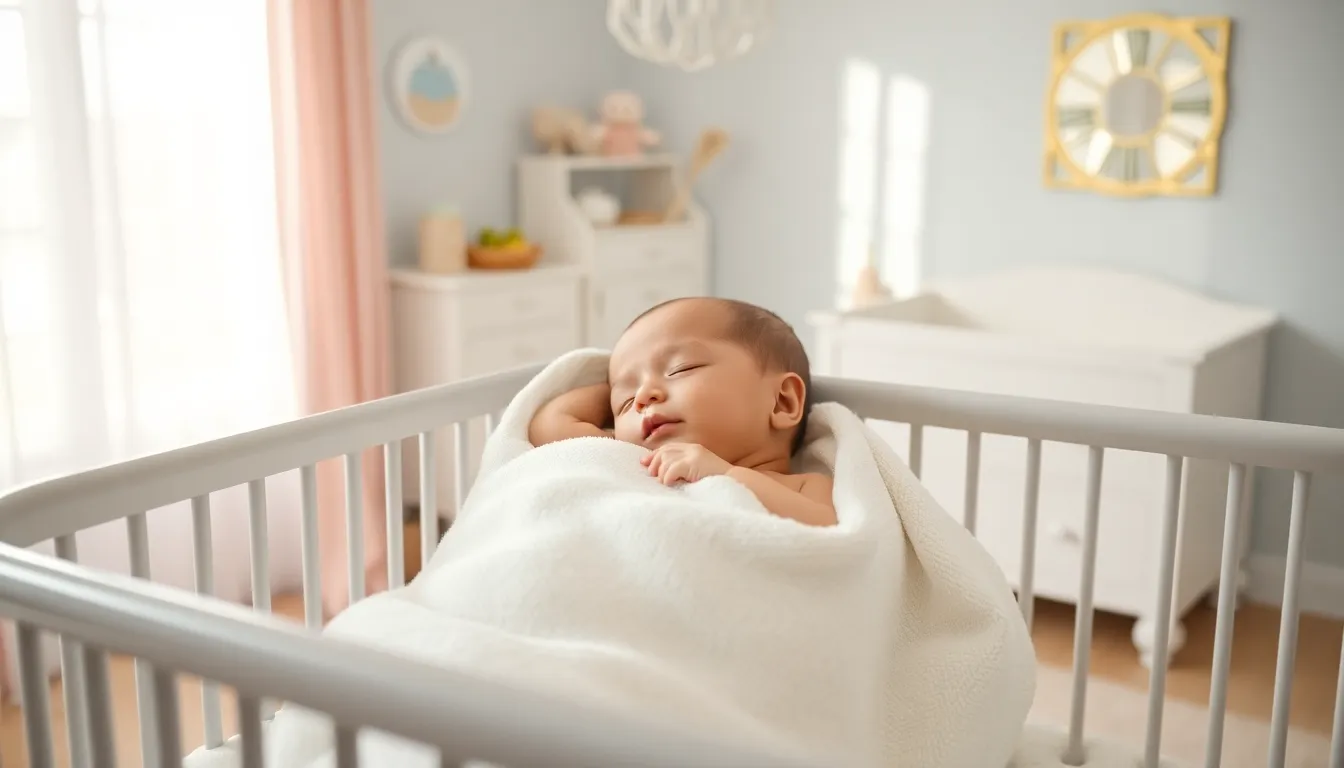Are you curious about the fine details of newborns and their fuzzy features? Specifically, have you ever wondered if babies are born with eyebrows? Spoiler alert: the answer isn’t as straightforward as you might think. Babies can be tiny wonders of nature, but they also bring a host of delightful questions that need answers. From the fuzzy coats of hair that sometimes peek through to discussions about genetic traits, the world of infant hair development is not just enlightening, it’s also packed with surprises. Join us as we embark on this adventurous journey through the intricate world of baby eyebrows.
Table of Contents
ToggleUnderstanding Infant Hair Development

The Science Behind Hair Growth in Newborns
Did you know that the hair development process starts well before a baby greets the world? While some would like to believe that every tuft of hair appears overnight, the truth is far more fascinating. At around 24 weeks gestation, fetal hair, commonly known as lanugo, begins to make its appearance. This fine hair covers the baby’s body, helping with insulation and, some say, a touch of adorable fluffiness.
Lanugo typically starts to disappear as birth approaches, leaving many parents wondering what’s next. While some infants are born with barely a whisper of hair, others come into the world with full heads that could rival any Hollywood star. Eyebrows, though, are a different story: they often take their time in making an appearance.
When Do Babies Develop Eyebrows?
Factors Affecting Eyebrow Appearance at Birth
Not all babies are born with a standout set of eyebrows. In fact, some arrive looking as though someone took a pair of tweezers to their potential. A variety of factors influence how pronounced or sparse a baby’s eyebrows might appear at birth. Environmental conditions, maternal health during pregnancy, and even pregnancy duration can all play a role.
Genetics and Ethnicity Considerations
Genetics is another key player in this eyebrow game. Just as you might inherit your father’s nose or your mother’s eyes, eyebrow development is also largely dictated by genetic factors. Ethnicity adds another layer, certain ethnic groups may have more prominent hair features than others. So, if you’re seeing different eyebrow styles among newborns, genetics has a significant hand in this.
The Role of Hormones in Hair Development
Hormones do their part as well. When expecting mothers experience hormonal shifts during pregnancy, these hormones can have lasting effects on their baby’s hair growth. Particularly, androgens, hormones more prevalent in males, can stimulate hair growth. So, the next time someone makes a comment about your newborn’s eyebrows, remember that there’s a whole cocktail of biology at play.
Common Myths About Baby Hair Growth
Even though the allure of conventional wisdom, numerous myths surround baby hair growth. One common belief is that a baby’s sparse hair at birth will always lead to thinner hair as they grow. But, this just isn’t true. Many children who start with little hair often develop lush locks as they age. Conversely, babies with a full head of hair may lose it as they grow older, only for it to be replaced by a completely new texture.
Another myth is that all babies are born with eyebrows just waiting to grow in. In reality, not all infants will have these fuzzy extras at birth or even in the first few months of life. Given the diversity in genetics, it’s essential to remember that all babies grow at their own pace.
The Truth About Fuzzy or Sparse Eyebrows
Caring for Your Baby’s Hair and Skin
If parents notice anything unusual about their baby’s eyebrows, be it fuzziness or the absence thereof, they often wonder how to manage it. Truly, caring for a newborn’s delicate skin and hair requires gentle attention. Simple practices like using baby-safe lotions and ensuring a clean scalp will foster healthy hair growth. Besides, who doesn’t want their child to have the most desirable locks as they grow up?
When to Consult a Pediatrician
But, parental intuition is key. If you notice excessive bald patches or uneven hair growth, it might be wise to consult a pediatrician. While normal variances in hair growth are common, a professional will ensure that everything is on track. After all, it’s always better to be safe than sorry.

